Margaret Eloise Knight – Paper Bag
Margaret Eloise Knight is known for inventing a machine that could shape and glue paper into a flat-bottomed bag. The popularity of her invention caught the eye of a man who stole her idea to patent it himself. When Knight took him to court, he stated that a woman "could not possibly understand such mechanical complexities." Knight won the case by proving that she had designed the machine, earning herself the right to patent it. She invented over 100 machines during her career and patented 20 of them.
Hedy Lamarr – Frequency-Hopping Technology
Hedy Lamarr was a glamorous black-and-white film star, but did you know she was also a gifted inventor? She worked with a composer to develop the principle of "frequency hopping," an innovation aimed at preventing torpedo control signals from being jammed by enemies. Even more impressively, this technology became the foundation for many modern-day inventions, including GPS and our precious Wi-Fi.
Katalin Karikó – Modify Messenger Ribonucleic Acid
Katalin Karikó, a Hungarian American biochemist, developed a way to modify messenger ribonucleic acid (mRNA) for safe use in humans. This innovation laid the foundation for mRNA-based vaccines, including the COVID-19 vaccine, and heralded prospective therapies for cancer and heart disease.
Gertrude B. Elion – The Woman Who Made Organ Transplants Possible
Gertrude B. Elion was the biochemist and pharmacologist behind multiple curative treatments. Her work contributed to the development of treatments for viral diseases, including one of the first treatments for AIDS. Last but not least, she's behind the creation of azathioprine, the first immunosuppressive used to fight rejection following an organ transplant — one of the greatest medical advances in centuries.
Helen Lee – DNA-Based Instant Blood Diagnostic Kit
Chinese medical researcher Helen Lee developed an instant blood diagnostic kit based on DNA that can immediately detect infectious diseases like HIV, hepatitis B, and chlamydia. Her test cartridges, unlike others, don't necessitate cold storage or transportation, making them ideal for regions with limited technical infrastructure.
Gladys West – Global Positioning System (GPS)
In 1978, Gladys West became the project manager of Seasat, the first satellite to monitor the changing conditions and features of the oceans. Her work eventually evolved into GEOSAT, a satellite that could create models of the surface of the Earth. With her team, she developed a program to compute satellite orbits with extreme accuracy, assisting in the formulation of a mathematical representation of Earth's shape, the geoid. The geoid is a critical component of GPS technology, used to determine the precise location of a GPS receiver on the Earth's surface.
Sarah Breedlove – Specific Hair Care Products
Better known as Madam C.J. Walker, Sarah Breedlove became the first self-made female millionaire in the United States. She was only 20 when she realized that black women struggled with hair loss and scalp diseases because of inadequate plumbing and harmful product ingredients. Over several years, she developed her own hair care product line, specifically targeting African American people, and branded them as Madam C.J. Walker, chosen to evoke Parisian luxury. She also set up a school to train hairdressers. This initiative created employment opportunities for thousands of African American women. As her wealth and influence grew, she made considerable donations to African American schools, orphanages, and retirement homes.
Catia Bastioli – Biodegradable Plastics
Italian researcher Catia Bastioli found a way to create biodegradable plastics from waste and agricultural raw materials. Her starch-based shopping bags can be processed similarly to regular plastics but decompose within weeks when composted. Made from crops, they reduce greenhouse gas emissions and the consumption of nonrenewable resources.
Katharine Burr Blodgett – Non-Reflective Glass
During World War II, Katharine Burr Blodgett was a crucial mind behind several inventions, including gas masks, smoke screens, and a technique for de-icing airplane wings. However, her work in chemistry resulted in her most important creation: non-reflective glass. This technology is used in several applications today, including eyeglasses, car windshields, and computer screens.
Ada Lovelace – The First Computer Programmer
English Countess Ada Lovelace, daughter of poet Lord Byron and mathematician Anne Isabella Noel Byron, holds a unique place in the annals of science as the first computer programmer. Her collaborations with Charles Babbage on the Difference Engine project led her to recognize the machine's potential beyond mere calculations. Lovelace was the first to publish an algorithm intended for this machine, thus earning her the title of the world's first computer programmer.
Grace Hopper – Computer Programming
In 1944, Grace Hopper co-designed Harvard's behemoth Mark I computer together with Howard Aiken. Hopper's ingenuity resulted in the compiler, a transformative tool that translated written language into computer code. She's also behind the popularization of the term "debugging," born while removing a moth stuck in the device.
Laura Van 'T Veer – Gene-Based Breast Cancer Test
Dutch biologist Laura van 't Veer developed a gene-based breast cancer test. The test scrutinizes tumor tissue to evaluate the 10-year risk of cancer recurrence, effectively distinguishing high-risk patients needing chemotherapy from low-risk patients who can avoid toxic chemical treatments.
Stephanie Kwolek – Kevlar
Stephanie Kwolek, a Polish American chemist, transformed material science in 1965 by inventing Kevlar. This super-material, five times stronger than steel, now underpins over 200 applications ranging from bicycle tires, body armor, and frying pans to building construction and musical instruments.
Virginia Apgar – Apgar Score And Her Contributions To Neonatology
Virginia Apgar was a leader in anesthesia and pediatrics, and her research did much to reduce infant mortality. She invented the Apgar score, still used today as a way to quickly assess the health status of a newborn immediately after birth, an unprecedented advance in the field of neonatology.
Lise Meitner – Nuclear Fission
Austrian Swedish physicist Lise Meitner was the brain behind nuclear fission, yet the Nobel committee overlooked her contribution. Many speculate that her active opposition to using nuclear fission for destructive purposes, such as in the Manhattan Project during World War II, affected her chance at the award, even after 48 nominations during her career.
Rosalind Franklin – DNA Double Helix
James Watson and Francis Crick are credited with discovering the DNA double helix. Still, it was British biophysicist Rosalind Franklin's vital work that provided the proof they needed. Franklin's "Photo 51," the first photograph of a molecule captured through her expertise in X-ray diffraction, confirmed their theory. Her colleague Maurice Wilkins allegedly showed this photograph to competitors Watson and Crick without her knowledge or consent, forever attaching their name to a discovery that was never theirs.
Shirley Jackson – Telecommunications Research
Theoretical physicist Shirley Jackson etched her name in history as the first African American woman to earn a doctorate from the prestigious MIT in 1973. With her groundbreaking work on subatomic particles at Bell Laboratories, she laid the foundation for inventions like the portable fax, the touch-tone telephone, solar cells, fiber optic cables, and the technology integral to caller ID and call waiting.
Melitta Bentz – Coffee Filters
Originally a housewife, Melitta Bentz grew tired of the challenges associated with making coffee and decided to devise a solution. After testing numerous materials, she created a coffee filter, obtained a patent, and established a business for its production. Within a year, she was selling hundreds of filters, and by 1928, her company was employing dozens of people. Known for her generosity and supportive work schedules, she also instituted "Melitta Aid," a welfare fund for her employees. And if the name sounds familiar, don't be surprised: the Melitta Group is still making coffee, coffee makers, and filters today.
Patricia Bath – Laserphaco Probe
Patricia Bath was the first African American female doctor to get a patent for a medical innovation: the Laserphaco Probe. This medical instrument, invented in 1981, employs a laser to non-invasively dissolve cataracts and clean the eye, simplifying the lens replacement process. The Laserphaco Probe is now globally recognized as an efficient and safe solution to prevent cataract-induced blindness. Bath is also the mother of community ophthalmology, which integrates public health and community medicine practices to ensure universal access to proper ophthalmological care.
Claude Grison – Metal-Eating Plants
Claude Grison, a French chemist, developed a process that uses plants to decontaminate soil polluted with heavy metals. The extracted metals are then utilized as "ecocatalysts" to produce new molecules for use in the chemical, pharmaceutical, and cosmetics industries.
Margarita Salas Falgueras – Improved DNA Replication
Spanish scientist Margarita Salas Falgueras, renowned for her research in molecular genetics, developed a more efficient, reliable, and simpler method to replicate trace amounts of DNA into quantities large enough for complete genomic testing. Her invention, utilizing phi29 DNA polymerase, is now widely employed in oncology, forensics, and archaeology.
Marie Curie – Theory Of Radioactivity
Marie Curie, a preeminent Polish physicist, revolutionized the scientific world with her comprehensive theory of radioactivity (a term that she coined). Her ingenious techniques for isolating radioactive isotopes, along with the discovery of polonium and radium, positioned her as the first-ever double Nobel laureate, spanning multiple scientific fields.
Christine Van Broeckhoven – Contribution To Understanding Neurodegenerative Brain Diseases
Belgian biologist Christine Van Broeckhoven's groundbreaking work has advanced our understanding of neurodegenerative brain diseases, including Alzheimer's, Parkinson's, and bipolar disorder. Throughout her research, she has acquired several patents on various genes and protein products, thus forging a path toward effective treatments for these diseases.

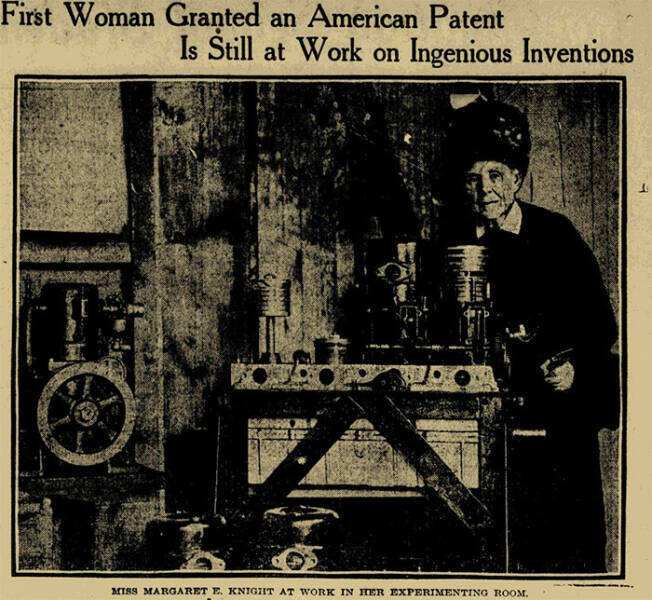
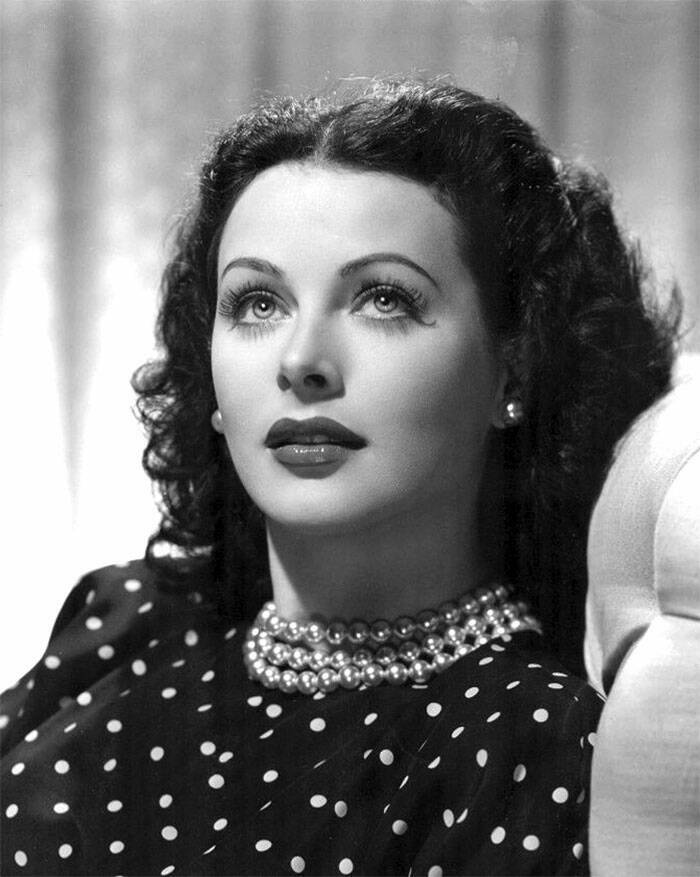
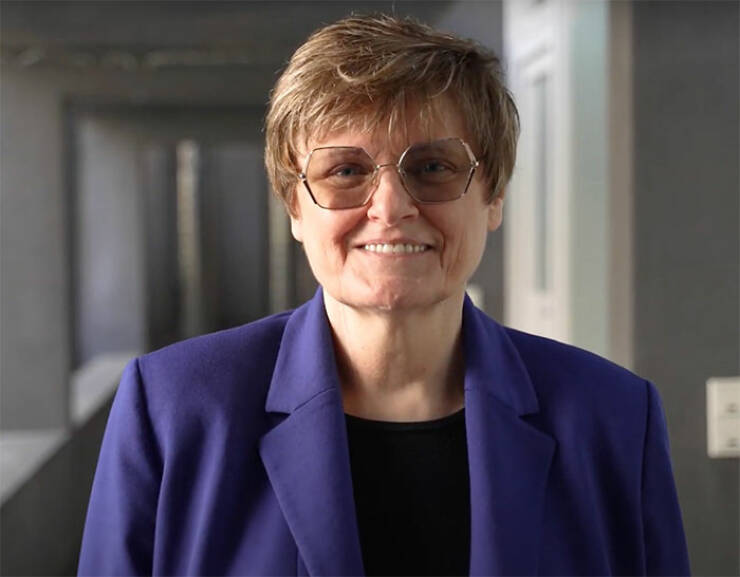
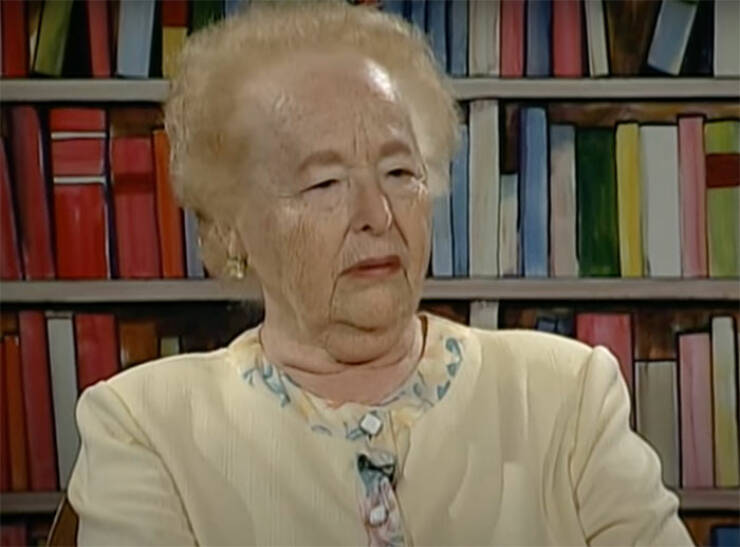
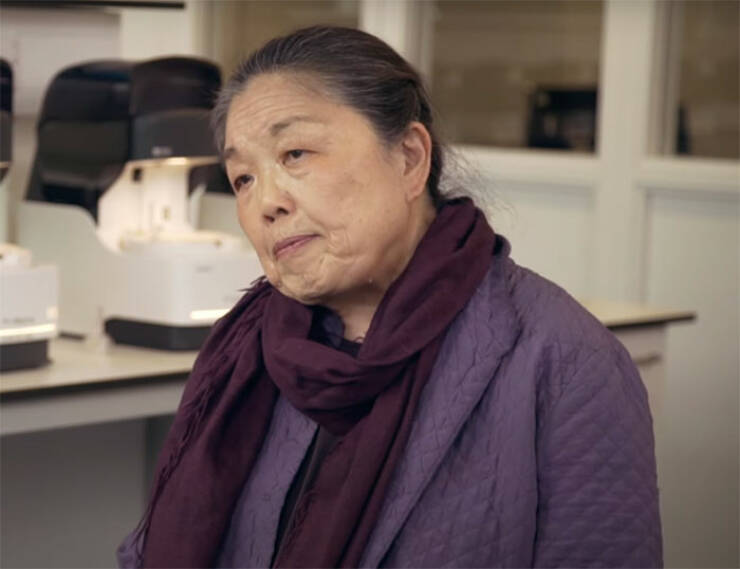
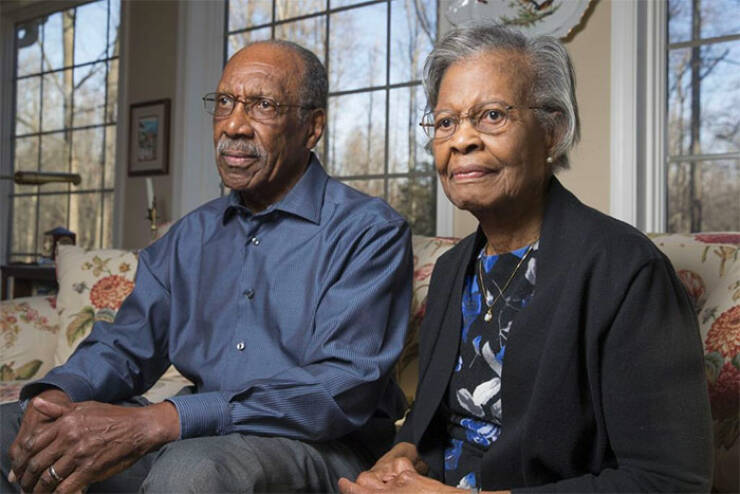
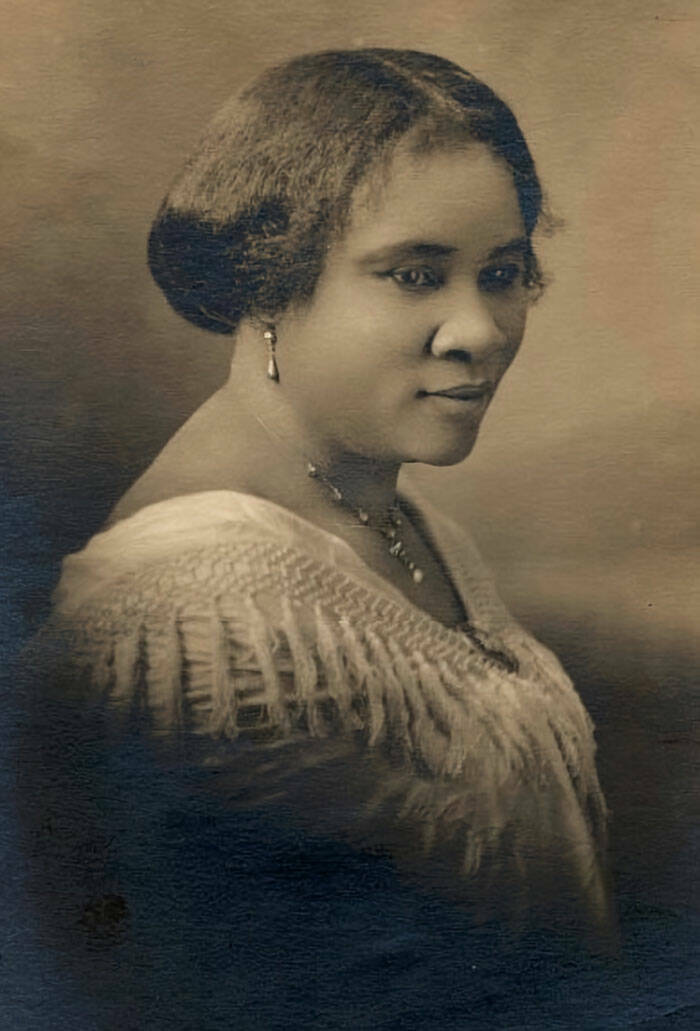
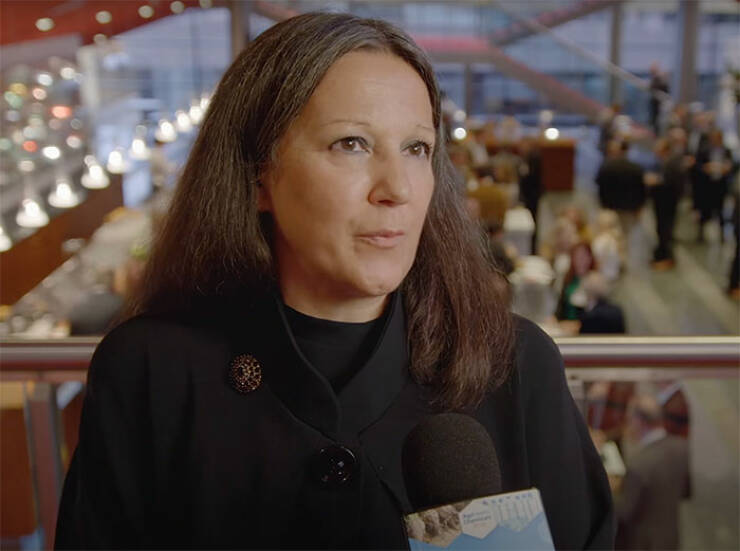
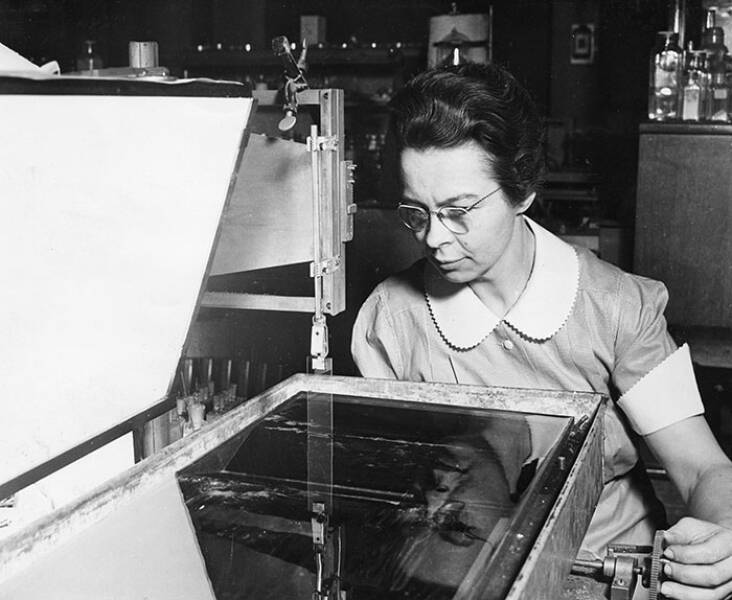
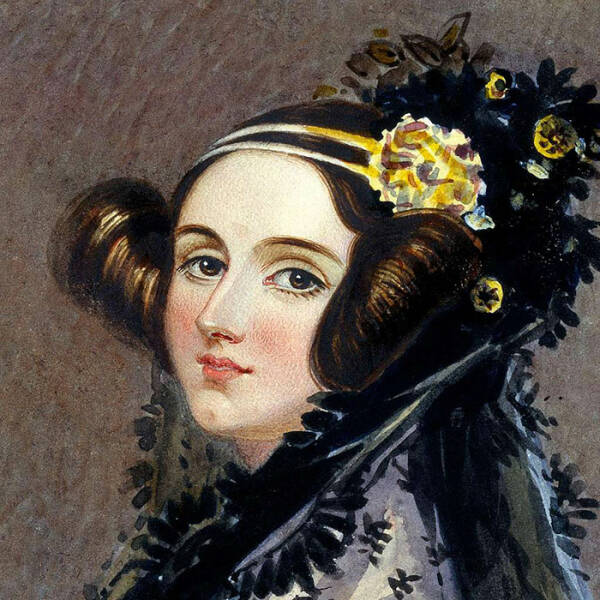
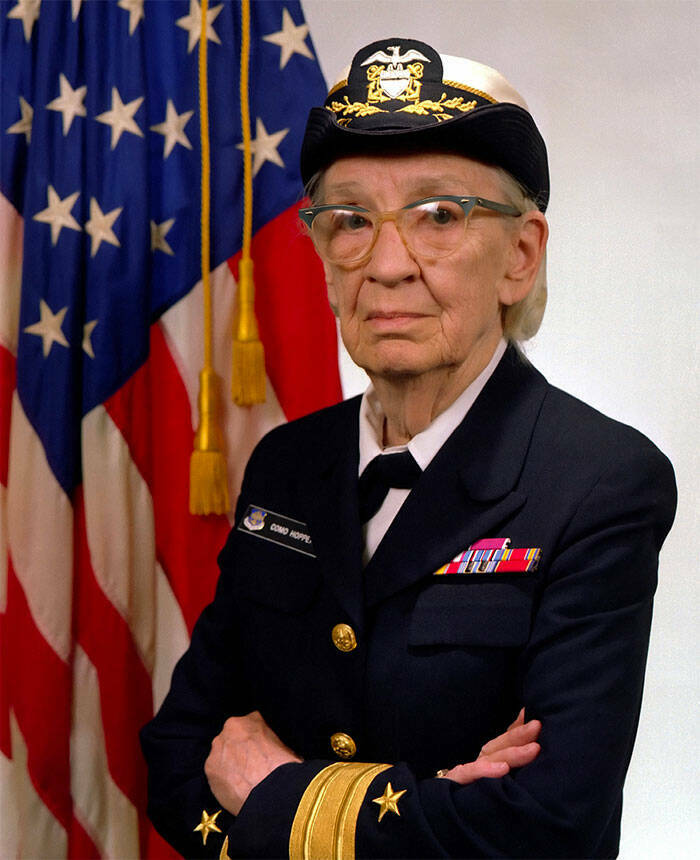


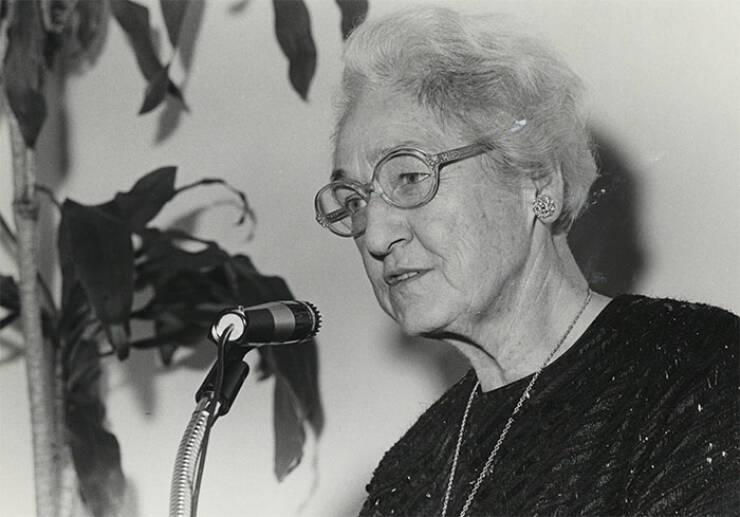
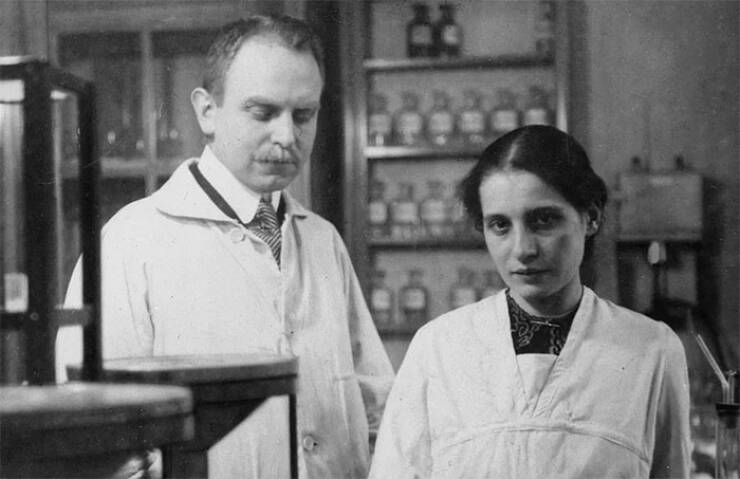
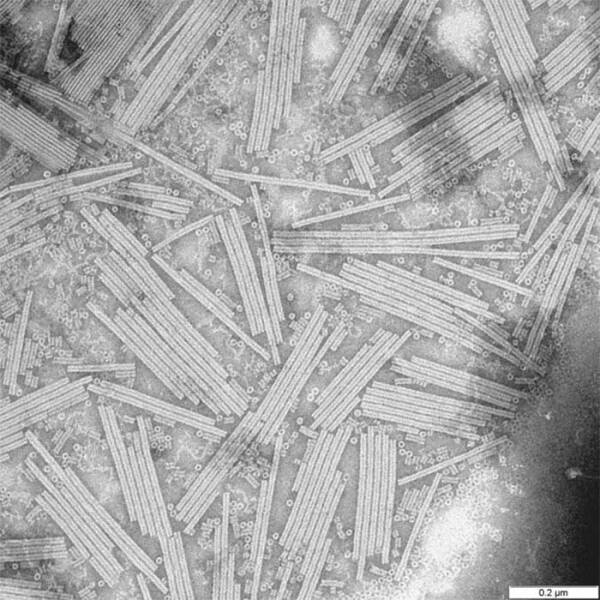
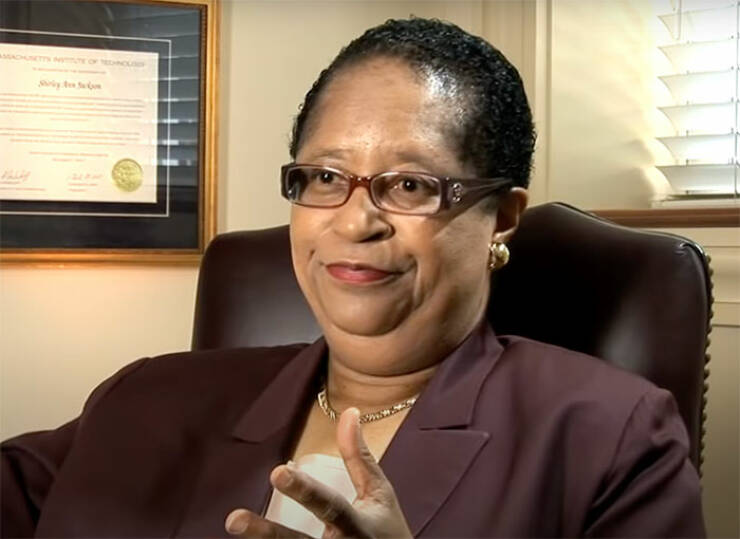
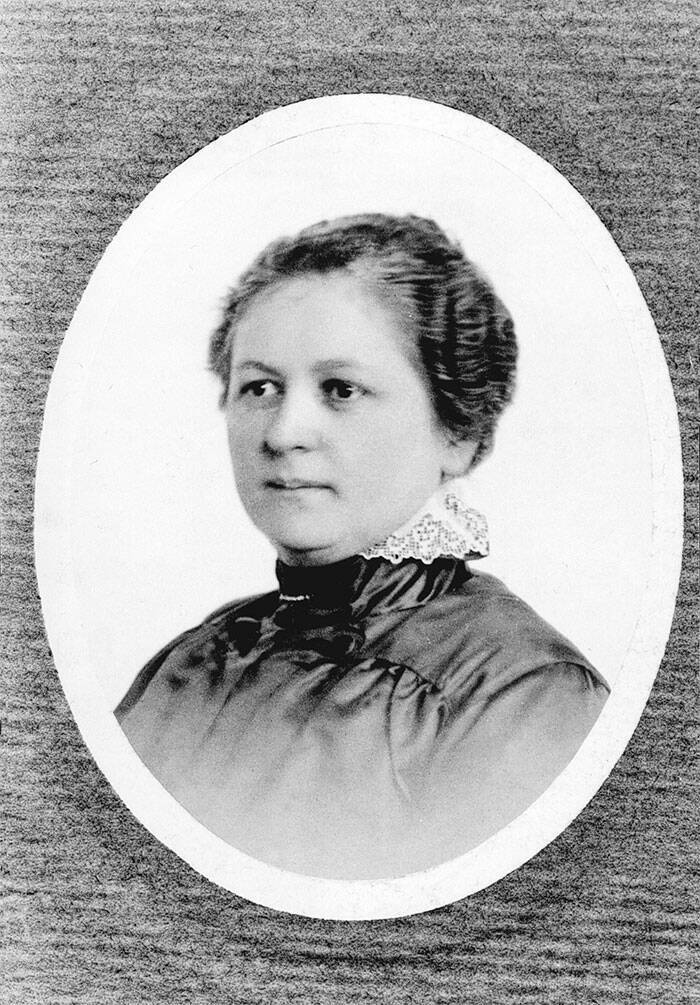
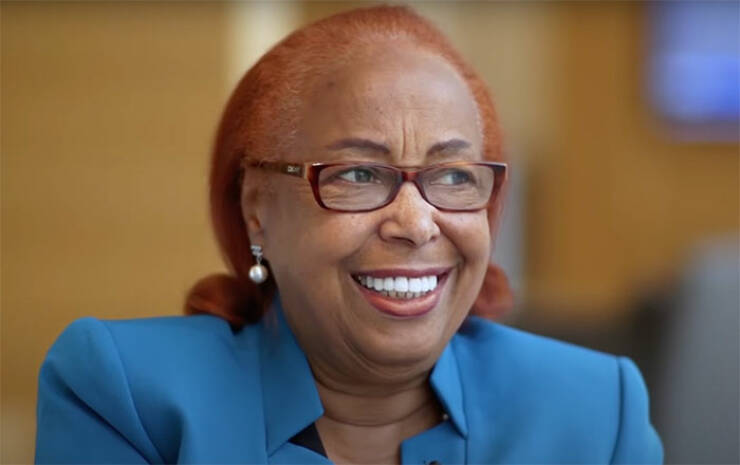
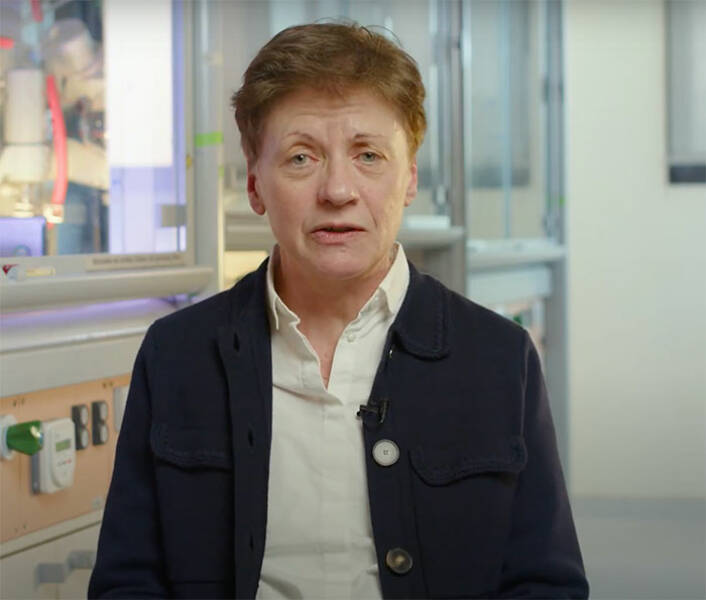
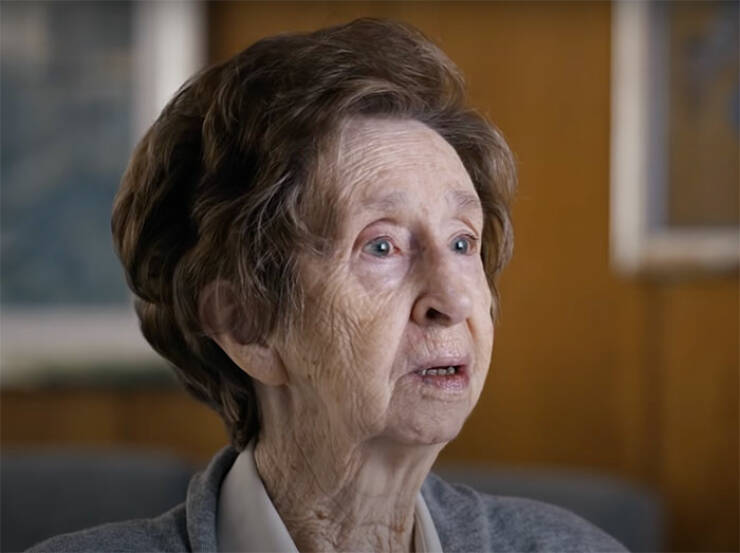
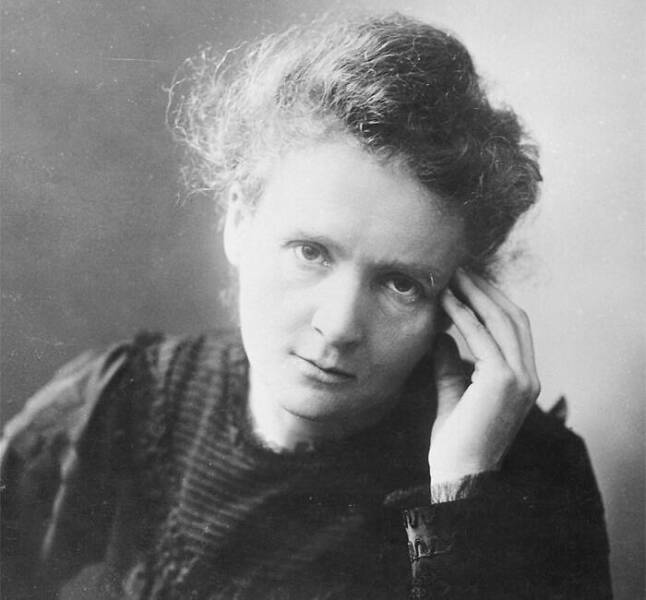
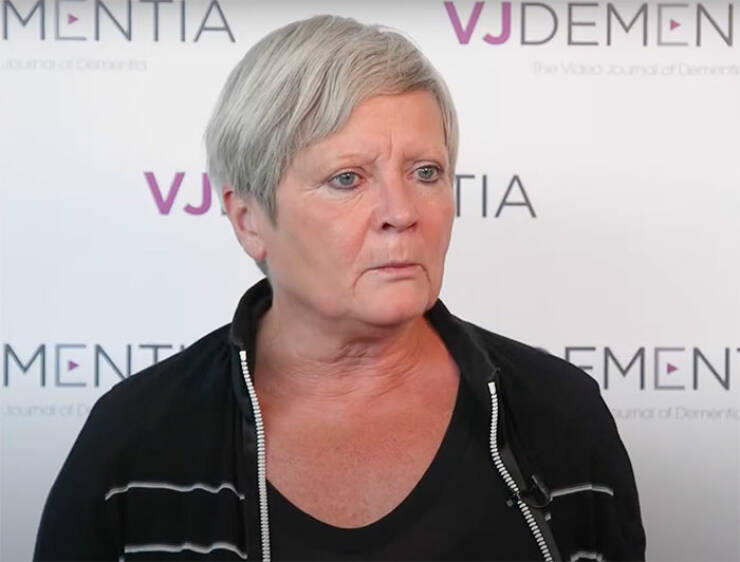



While her husband, Albert Einstein is celebrated as perhaps the best physicist of the 20th century, one question about his career remains: How much did his first wife contribute to his groundbreaking science?
true, but the answer were looking for is that they were part of a Team.
Easy. None.
She still owns the patent with her husband but she is, some believe, intentionally erased.
And today is Mel Brooks' birthday. He turned 97.
https: //en.wikipedia.org/wiki/Shirley_Ann_Jackson
(remove gap in URL)